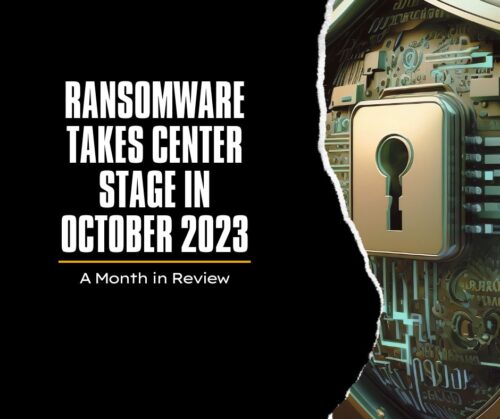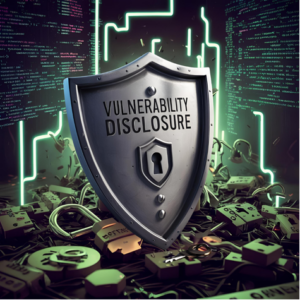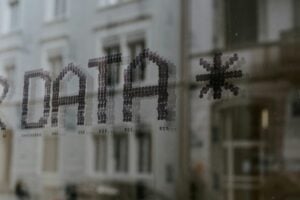October was National Cybersecurity Awareness Month, during which organizations published best practices for protecting individuals and businesses against cyberattacks. Advice on the use of strong passwords, multi-factor authentication (MFA), virtual private networks (VPNs), and similar security tools were at the forefront of the cybersecurity awareness materials.
While companies also faced a wide range of cyberattacks this October, ransomware stood out from the crowd. Multiple high-profile attacks cost companies millions, and the FBI recently issued a special warning about dual ransomware attacks.
The Evolving Ransomware Threat
Ransomware originally started as an attack where malware would encrypt data, rendering it unreadable to its owner. To restore access to the data, the victim would need to pay a ransom to purchase the decryption key or decryption software used to reverse the malicious transformations.
In recent years, ransomware attacks have evolved to focus more on data theft rather than data encryption. While data is still often scrambled, today’s variants of ransomware steal it, and then cybercriminals demand a ransom to not publicly leak the information or sell it on the black market.
This attack vector has become highly profitable for cybercriminals, with over 83% paying the ransom. In more than half of these cases, the attack netted a ransom of at least $100,000.
Major Ransomware Headlines
The growing ransomware threat also prompted the FBI to issue a new warning on ransomware with the focus on dual ransomware attacks which leverage multiple variants at once, combining data encryption with data theft. Also, ransomware groups were increasingly using data wipers — which permanently delete valuable data — as a negotiating tactic to force victims to pay up.
The International Counter Ransomware Initiative also kicked off on October 31stand focused on fighting the ransomware threat by rendering it unprofitable. An alliance of 40 countries agreed to sign a pledge to no longer pay ransoms. The initiative also focused on sharing threat intelligence and leveraging AI to help identify and fight ransomware attacks.
Ransomware Highlights of October 2023
Ransomware has been a major threat for years now. However, in October 2023, ransomware groups bagged some large targets and launched expanded attack campaigns:
- Boeing: The LockBit ransomware gang compromised Boeing and stole a large volume of data from the company. Of an $80 million ransom demand, Boeing allegedly only offered the gang $1 million.
- Stanford: An estimated 430 GB of data was stolen by the Akira ransomware gang from Stanford University.
- PLAY Group: The PLAY ransomware group performed a surge of ransomware attacks, including those against Dallas County, Texas, Saltire Energy, and Associated Wholesale Grocers.
Protecting Against Ransomware Attacks
One of the biggest challenges of managing the ransomware threat is that different ransomware groups use various means to spread their malware. For example, the LockBit group and its affiliates are known for exploiting zero-day vulnerabilities, using stolen credentials, and performing phishing attacks to gain access to target networks. Other groups, like PLAY might also conduct password spraying attacks against VPN and RDP servers leveraging credential dumps stolen from other sites.
With holidays around the corner staying ahead of the curve requires a deep understanding of the hacker’s mindset. Netragard’s elite penetration testers embody this mindset by proactively identifying and closing critical security gaps, shielding your organization from the devastating impact of ransomware attacks. Don’t let your organization become the next victim. Contact us today to safeguard your digital assets against the relentless threat of ransomware.






